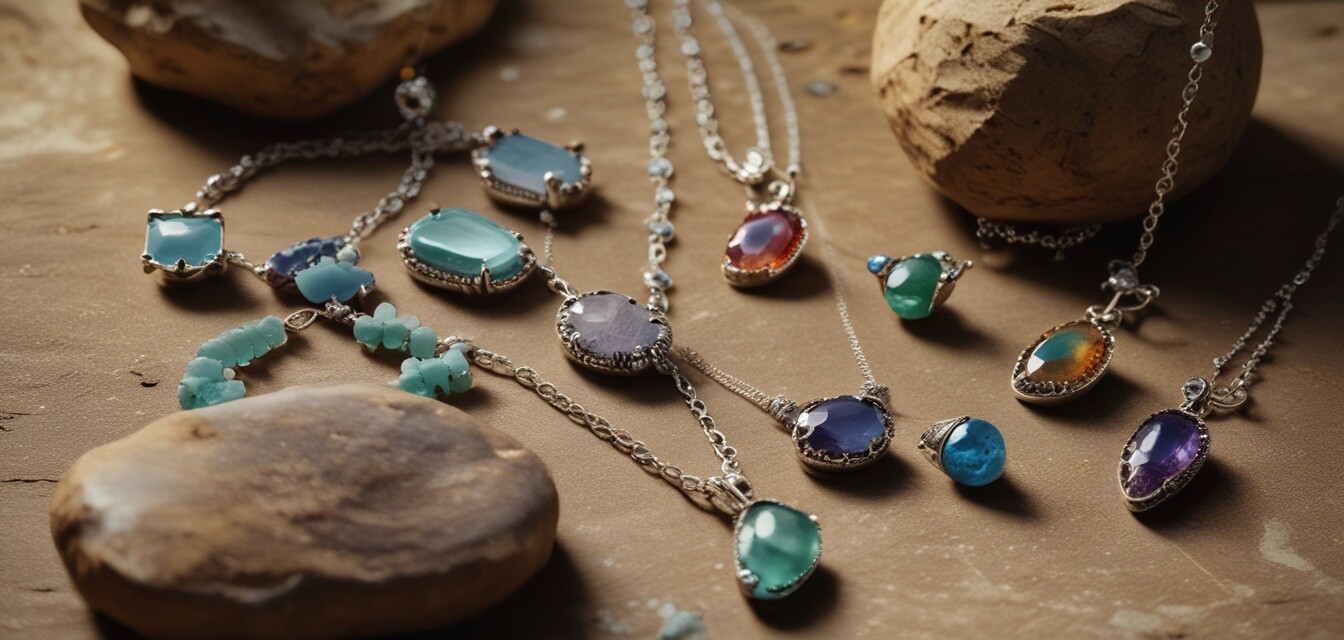
How to Start Your Own Ethical Jewelry Brand
Key Takeaways
- Understanding ethical sourcing is crucial.
- Designing with sustainability in mind can attract conscious consumers.
- Engaging with artisans supports local communities.
- Transparency in your supply chain builds consumer trust.
- Effective marketing strategies will help establish your brand.
With growing concern for environmental and social issues, the jewelry industry is undergoing a significant shift towards sustainability. If you're passionate about ethical practices and want to start your own jewelry brand, it’s essential to understand how to merge creativity with conscience. This guide provides practical tips and insights into creating a successful ethical jewelry brand that resonates with today’s consumers.
1. Understanding Ethical Sourcing
Ethical sourcing involves obtaining materials in a responsible and sustainable manner. This means paying artisans fair wages, ensuring safe working conditions, and using materials that minimize environmental impact. Here’s how to start:
- Research suppliers who prioritize ethical practices.
- Consider using recycled or upcycled materials.
- Get certifications like Fair Trade to validate your sourcing methods.
Why Ethical Sourcing Matters
When you commit to ethical sourcing, you're not just helping the planet; you're also building a brand that customers can trust. Incorporate stories of artisans and sustainable practices in your marketing to add value to your products.
2. Designing with Sustainability in Mind
Sustainable design goes beyond eco-friendly materials. It encompasses the entire lifecycle of a product, from its creation to its eventual end use. Here are some design tips:
- Focus on timeless designs that won’t go out of style.
- Choose materials that are durable and can be reused or recycled.
- Limit waste during the design and production process.
Creating Timeless Pieces
Jewelry should be seen as an investment. Designs that transcend fashion trends encourage consumers to cherish their pieces longer, reducing demand for fast fashion. Consider reading more in our News and Trends section for inspiration on current styles that remain classic.
3. Support Local Artisans
Partnering with local artisans not only helps communities but also provides unique pieces that tell a story. Here’s how to engage:
- Collaborate with local artists and craftsmen.
- Offer workshops to educate about ethical practices.
- Feature artisans in your marketing to showcase their skills and backgrounds.
The Impact of Supporting Artisans
By supporting local artisans, you create a positive impact on their communities and preserve traditional crafting techniques. This story can be a powerful marketing tool as consumers increasingly value products with tales behind them.
4. Marketing Your Ethical Jewelry Brand
To reach your ideal audience, you need to implement an effective marketing strategy. Here are some ideas:
- Utilize social media platforms to share your brand story and showcase your pieces.
- Collaborate with ethical influencers who resonate with your brand values.
- Engage in community events to create personal connections with customers.
Utilizing Social Media
Social media is an excellent avenue for connecting with consumers interested in ethical options. Create consistent posts that highlight the ethical values of your brand; for deeper insights, explore our Buying Guides section.
5. Transparency in Your Supply Chain
Consumers today demand transparency. Be open about your sourcing and production processes. Here’s how:
- Share your supply chain story—from materials to production techniques.
- Disclose how your products benefit communities.
- Consider providing certificates for ethical sourcing.
Building Trust Through Transparency
Transparency fosters trust and loyalty among consumers. Make sure your website reflects this commitment to honesty. Engaging blog posts can help; consider checking our Sustainability Practices blog for ideas.
Final Thoughts
Starting your own ethical jewelry brand can be a rewarding venture that reflects your values and appeals to conscious consumers. By focusing on ethical sourcing, sustainable design, and transparent practices, you can create a brand that stands out in the booming market. Every small action counts towards a more sustainable future.
Pros
- Supports local communities and artisans.
- Attracts a growing market of eco-conscious consumers.
- Allows for creative expression with meaningful impact.
Cons
- Can be more expensive to source materials ethically.
- Requires thorough research and initial investment.
- Building a brand takes time and effort.